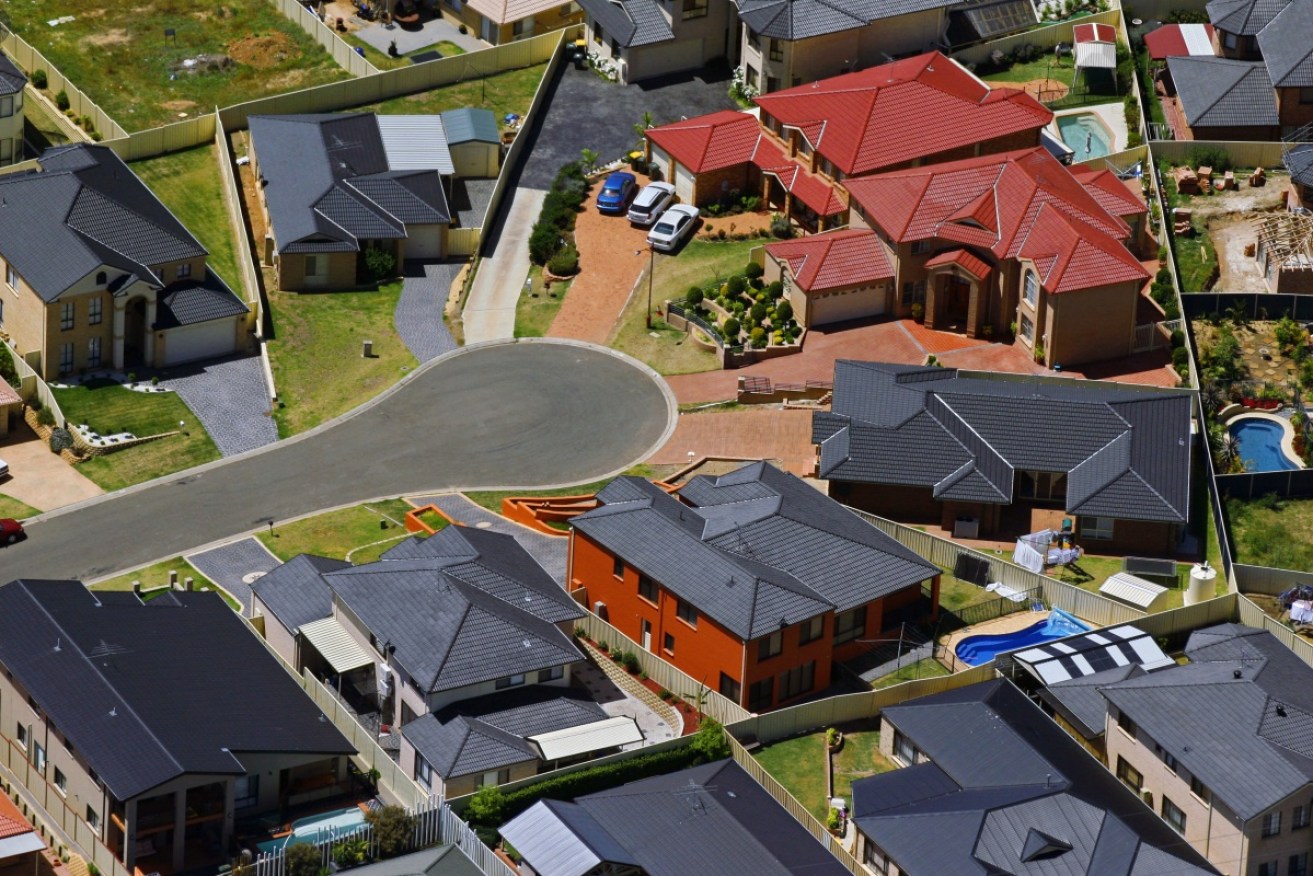Housing affordability crisis to rage for 40 years, report warns


Housing affordability is a big problem in Australia's cities. Photo: Getty Photo: Getty
The housing affordability crisis will drag on for at least 40 years unless governments introduce bold new policy, a major report says.
The damning outlook from the Committee for Economic Development of Australia said government policy at all levels needed to reflect that the Australian dream of owning a home is now over for many people.
“CEDA’s research shows that barring any major economic jolts, demand pressures are likely to continue over the next 40 years and supply constraints will continue,” said Rodney Maddock, CEDA Research and Policy Committee Chairman.
“This is particularly the case in capital cities with a growing population and where an increasing proportion of Australia’s population are expected to reside.”
While the report predicted bad news, CEDA made eight recommendations on how governments could contain the crisis.
Professor Maddock said he was hopeful the solutions could be adequately implemented in time.
“It’s such an important political issue at the moment, I think that we’re starting to get the more urgent responses that you might want,” he told The New Daily.
“It’s not something you can put off forever, because voters are going to get angrier and angrier.”

The dramatic rise in house prices has been disproportionate to wage growth. Photo: CEDA
1. Prioritise shelter for the disadvantaged
The first solution was for Australia to provide 20,000 new affordable homes for low-income people each year, under the recommendation of Sydney University expert Judith Yates.
“Prolonged housing affordability issues will result in more people entering retirement without owning their home and low socioeconomic households pushed to outer or regional areas where transport infrastructure is poor and job prospects are lower,” Prof Maddock said.
“In the long term this could have budget implications for governments as more people become reliant on government assistance.”
2. Relax planning restrictions to increase housing affordability
The report recommended relaxing planning restrictions, particularly those imposed by local councils, to make them more consistent and allow for increased density.
One of the biggest takeaways of the report was that Sydney and Melbourne needed to forego white picket fences for apartments.
“The point is, if we don’t adjust supply then it’s going to get harder and harder to buy the very limited number of houses that are available in good locations,” Prof Maddock said.
“If we allow a lot more apartment buildings and a lot more density, then it’ll be like living in London or New York.
“People are becoming a lot more accustomed to the idea that we’re going to have a lot more apartment dwelling … There’s an emotional adjustment going on.”
3. Develop consistent planning and funding for transport
The report said faster and more convenient transport networks would increase the amenity of outer suburbs and ease congestion.
Prof Maddock said we needed to change the structure of our cities to have a range of employment hubs. For example, Parramatta in Sydney’s west has become a secondary business district and decreased the commute time for residents in the outer suburbs.
4. Better legal protection and certainty for renters
The report said more protections for renters were required as the likelihood Australians rent their whole lives increases.
“It seems quite likely that many people are going to end up living in rental accommodation for all their lives,” Prof Maddock said.
He recommended renters be given long-term rental options.
5. Offer incentives to downsize
The report recommended the government relax rules for means testing income from downsizing, if it freed up more land.
Prof Maddock said this change was slowly occurring naturally over time as house prices and land prices continue to rise.
“It’ll become more sensible for investors to put more houses on a piece of land,” he said.
6. Phase out stamp duty in favour of annual land tax
The government should begin charging an annual land tax instead of stamp duty, the report said.
7. Review asset tests for retirees
The report advised the government to review the way pensions, superannuation and housing interacted for retirees.
8. Increase capital gains taxes
Taxing a larger component of capital gains would also make investments less attractive, the report said.
“Easing some of the tax incentives to invest in or retain residential property may also assist,” Prof Maddock said.








